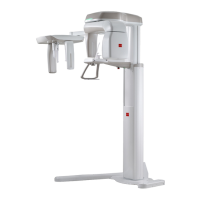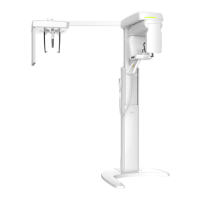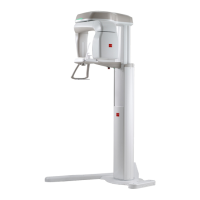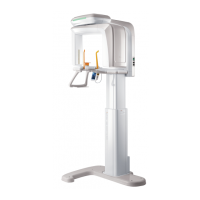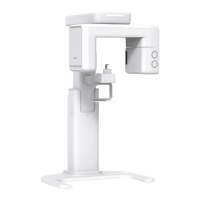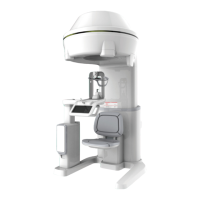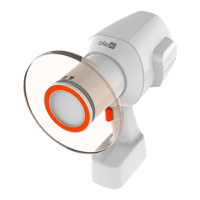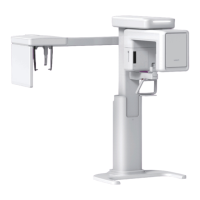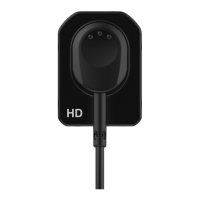PaX-i3D Green (PHT-60CFO) User Manual
162
Appendices
4.3
Setting exposure values to the age group
For more information about this topic, refer to the Appendices 1 Recommended
X-Ray Exposure Table.
4.4
The references pertinent to the potential risks
for the pediatric patients
1.
I. ESPELID, I. MEJÀRE, K. WEERHEIJM: EAPD guidelines for use of
radiographs in children, P40-48. European Journal of Pediatric Dentistry 1/2003
Guidelines in dental radiology are designed to avoid unnecessary exposure
to X-radiation and to identify individuals who may benet from a radiographic
examination. Every prescription of radiographs should be based on an
evaluation of the individual patient benet. Due to the relatively high frequency
of caries among 5 year old children it is recommended to consider dental
radiography for each child even without any visible caries or restorations.
Furthermore, radiography should be considered at 8-9 years of age and then
at 12-14, that is 1-2 years after eruption of premolars and second molars.
Additional bitewing controls should be based on an overall assessment of the
caries activity/risk. The high-risk patient should be examined radiographically
annually, while a 2-3 years interval should be considered when caries activity/
risk is low. Routine survey by radiographs, except for caries, has not been
shown to provide sufcient information to be justied considering the balance
between cost (radiation and resources) and benet.
2. MICHAEL L. TAYLOR, B.SC. TOMAS KRON, PH.D., AND RICK D.
FRANICH, PH.D.: ASSESSMENT OF OUT-OF-FIELD DOSES IN
RADIOTHERAPY OF BRAIN LESIONS IN CHILDREN, Int. J. Radiation
Oncology Biol. Phys., Vol. -, No. -, pp. 1–7, 2010
To characterize the out-of-eld doses in pediatric radiotherapy and to identify
simple methods by which out-of-eld dose might be minimized, with a view to
reducing the risk of secondary cancers
Out-of-field doses to pediatric patients can be minimized by using simple
treatment options, such as using the single-energy mode linear accelerator
rather than the multimode, orienting the couch and collimator such that the
patient lies along the x-plane and avoiding elds directed along the trunk of
the body
[PI3DG_130U_44A_en]User Guide.indd 162 2016-05-24 오후 4:19:24
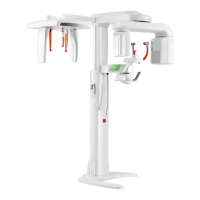
